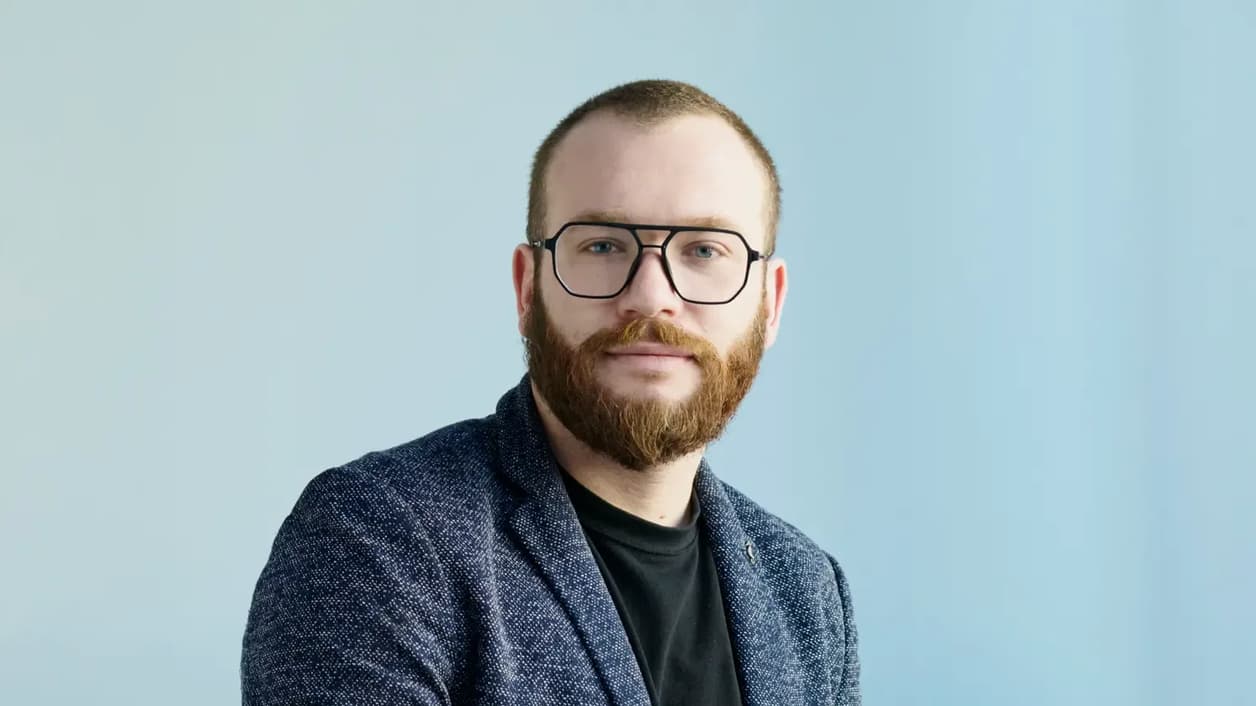
Moonfare Office Hours is a recurring interview series in which Moonfare speaks with academics at leading universities around the world to discuss their research in the field of private equity.
In this second installment, we spoke with William Megginson, the Michael F. Price Chair in Finance at the University of Oklahoma’s Price College of Business.
1) Professor Megginson, thanks for taking time to speak with us. How would you like to introduce yourself?
I’m Bill Megginson, professor and Price Chair in Finance at the University of Oklahoma’s Price College of Business.
I’m also an editor for the Journal of Corporate Finance and a visiting professor at the University of International Business and Economics in Beijing. For five years I joined the Italian Treasury’s Global Advisory Committee on Privatization as a voting member, and I have consulted extensively on privatization and state ownership issues.
I was a petroleum chemist in an earlier life and worked five years in the oil and gas industry. I have visited 85 countries and lived in five.
2) Institutional investors have been the largest allocators to private equity historically. Could you describe the key findings of your new paper “The Rise of State-Owned Investors: Sovereign Wealth Funds and Public Pension Funds”? Was there anything that surprised you?
Our study documented several patterns in the institutional investment universe and modestly analyzed a few of these trends.
The most important overarching pattern we document is the sheer size and phenomenal recent growth of state-owned investors, which we define to include principally state-owned pension funds, with combined assets under management of $18.8trn, and sovereign wealth funds, with $8.2trn.
The most surprising pattern we document is the total dominance these state-owned investors now have as investors — that is, as allocators to private equity funds in general and buyout funds in particular.
Additionally we found that both investor groups but especially sovereign wealth funds have shifted dramatically away from investing primarily in publicly traded equity. Now they are allocating more to real estate, infrastructure funds and other alternative investment funds. Sovereign wealth funds remain wedded to international, cross-border investing in both private and public equities.
The most important overarching pattern we document is the sheer size and phenomenal recent growth of state-owned investors.
3) We are seeing more and more in the market that the traditional allocators to private equity funds are increasingly behaving like co-investors and fund managers themselves. Did you observe this trend as well, and how do you see it impacting sovereign wealth funds’ allocations?
First a caveat: We certainly noted this very strong trend but did not have sufficient data to actually quantify its prevalence or analyze why it is occurring.
My personal opinion about why sovereign wealth funds specifically are shifting towards private equity investing including co-investing is that direct investing in public equity is politically infeasible for sovereign wealth funds, but private equity can soak up vast amounts of capital without political fallout, and also offers a superior financial return.
4) Based on your research, do you see a consensus forming around a certain portfolio percentage allocation to private equity?
No, other than the fact that private equity is now a fully acceptable investment alternative.
Some state-owned investors, such as Canada’s CPP pension fund and the Emirati sovereign wealth fund Mubadala allocate over 20% of their assets under management to private equity, whereas Japan’s GPIF and Norway’s NM+BIM allocated virtually none.
It seems to be a matter of taste and preference, historical investment in acquiring the staff and technology to invest successfully in private equity, and whether the fund is focused on capital appreciation or economic development. We all expect that state-owned investors’ capital allocations to private equity will continue increasing, perhaps sharply, over the coming decade.
Private equity is now a fully acceptable investment alternative.
5) How do you see these trends continuing to evolve in the near term? Do you expect any changes from the impact of Covid-19 on the economy and investment landscape?
We believe the investment trends documented in our study will continue over at least the short to intermediate term. It is far too early to tell what the long-term impact of Covid will be on international, institutional investment — or any other aspect of our bizarre current lives.

William L. Megginson along with Diego Lopez from the sovereign wealth fund consultancy Global SWFand Asif Malik, a PhD candidate at the University of Oklahoma Michael F. Price College of Business, recently published the paper“The Rise of State-Owned Investors: Sovereign Wealth Funds and Public Pension Funds.”
See the complete Moonfare Office Hours series here.



